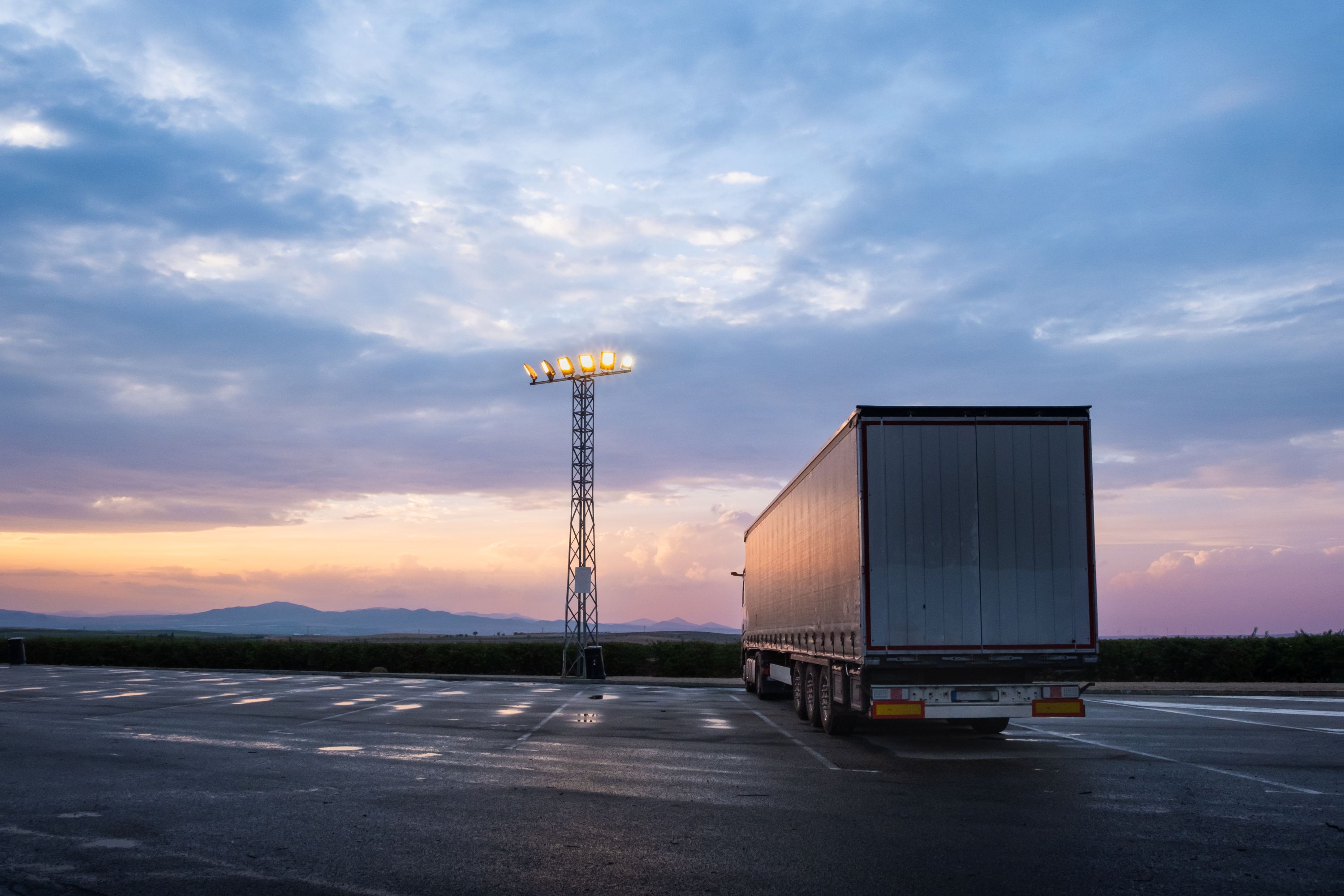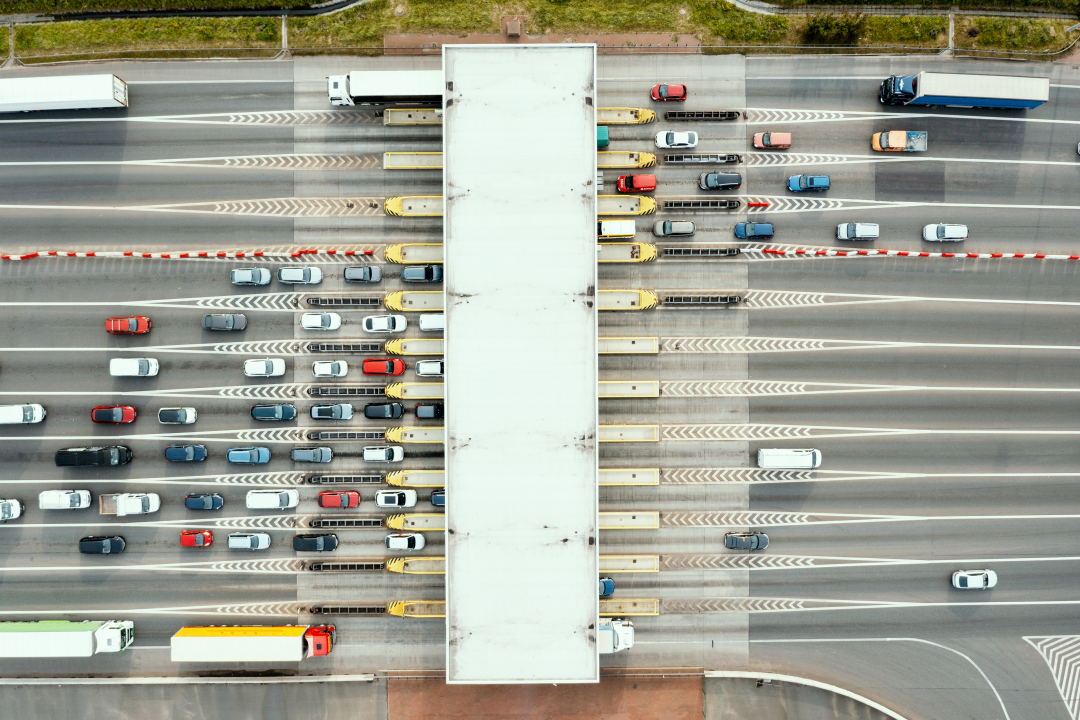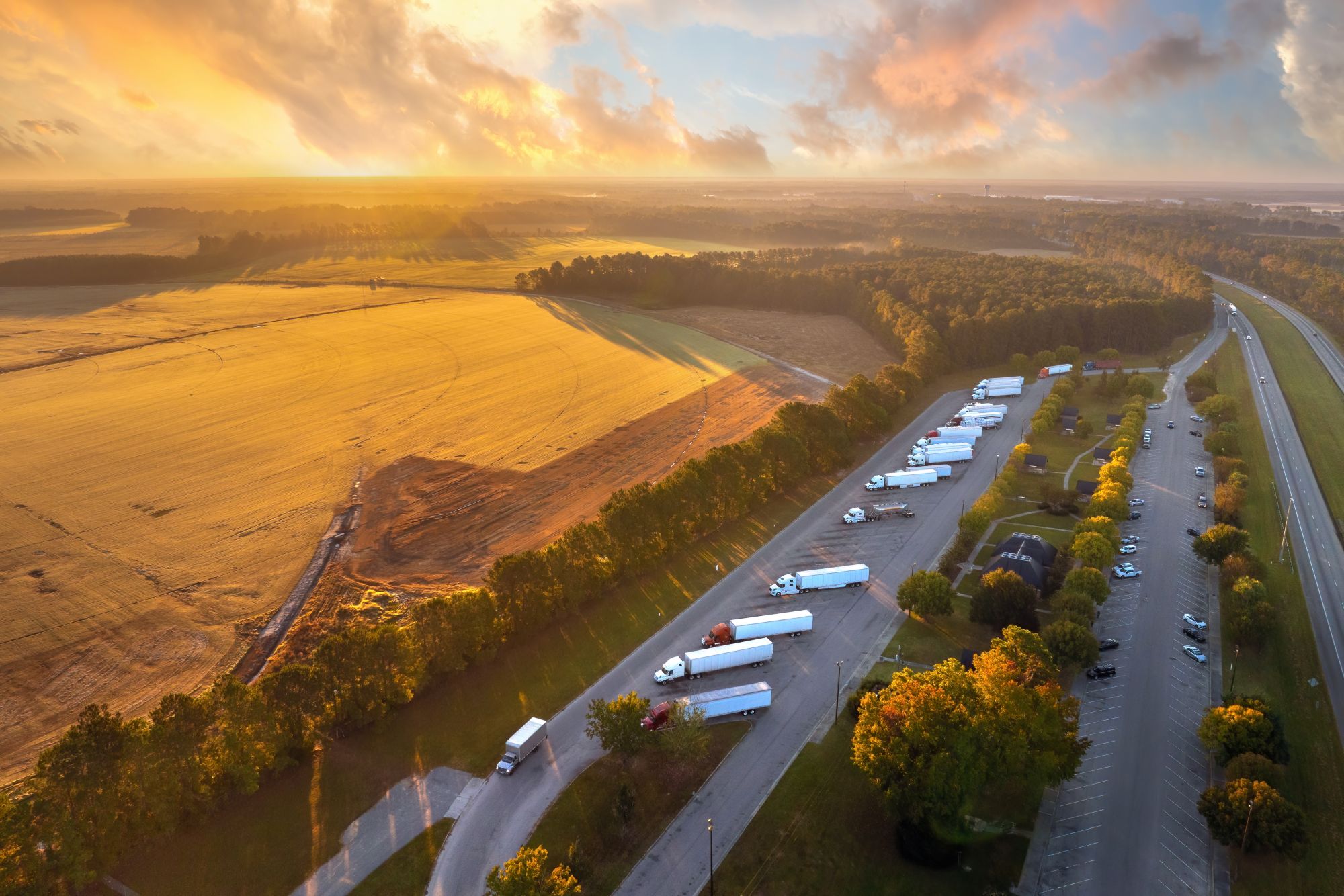
Guest
L'impatto del blackout della penisola iberica del 2025 sul trasporto su strada
Creato: 04/06/2025
•
Aggiornato: 04/06/2025
Il 28 aprile 2025, una diffusa interruzione di corrente ha attraversato la penisola iberica, lasciando senza elettricità milioni di case, aziende e servizi pubblici in Spagna e Portogallo. Il blackout Spagna-Portogallo, iniziato alle 12:33 ora locale, ha colpito le principali città, tra cui Madrid, Barcellona, Lisbona e Porto, oltre a gran parte delle regioni circostanti. In alcune aree la corrente è tornata entro quattro-sei ore, mentre in altre l'interruzione si è protratta fino al mattino successivo.
Sebbene la causa precisa sia ancora oggetto di indagine, i primi rapporti suggeriscono che un guasto alla rete di trasmissione transfrontaliera ha interrotto il flusso di elettricità in entrambe le reti nazionali. L'impatto è stato rapido e diffuso, bloccando i servizi ferroviari, mettendo a terra gli aerei, colpendo ospedali e servizi pubblici e paralizzando l'infrastruttura digitale. Per il settore dei trasporti e della logistica, la sfida è stata immediata e ha toccato ogni aspetto delle operazioni su strada, dalla fornitura di merci e carburante al controllo del traffico e al benessere dei conducenti.
"Quando l'energia elettrica viene a mancare, vengono a mancare anche molti dei sistemi su cui facciamo affidamento per mantenere le strade sicure, dai semafori alla segnaletica, fino alle comunicazioni", afferma Raquel Martinez, responsabile vendite per l'Europa di SNAP. "Per gli autisti e gli operatori delle flotte, il blackout del 2025 ha evidenziato quanto rapidamente i viaggi di routine possano diventare ad alto rischio e quanto sia importante essere consapevoli di dove gli autisti possono fermarsi per mantenere la sicurezza di se stessi e dei loro carichi".
Ritardi nel trasporto merci
Per le aziende di trasporto, il primo e più urgente problema è stata la sospensione della circolazione delle merci. In tutta la penisola iberica, le operazioni presso i magazzini, i centri di adempimento e gli hub di cross-docking hanno subito rallentamenti o si sono interrotte del tutto. Anche i movimenti internazionali sono stati colpiti, con camion bloccati alle frontiere mentre le autorità lavoravano per ripristinare il controllo del traffico di base e garantire la sicurezza stradale.
Con il trasporto ferroviario fermo, alcuni operatori hanno cercato di spostare i carichi sulla rete stradale, ma questo ha comportato i suoi limiti. Percorsi congestionati, sistemi di traffico non funzionanti e accesso discontinuo al carburante hanno fatto sì che il trasporto su strada non potesse assorbire la domanda. Ci sono voluti diversi giorni per smaltire gli arretrati e ripristinare l'affidabilità della catena di approvvigionamento.

Pedaggi, traffico e guasti tecnologici
Le interruzioni di corrente iberiche hanno anche rivelato quanto le infrastrutture moderne dipendano dai sistemi digitali. I semafori delle principali città si sono spenti, causando congestione e aumentando il rischio di incidenti. La segnaletica elettronica, i sensori autostradali e i sistemi di routing intelligente si sono guastati, privando gli automobilisti di indicazioni e aggiornamenti in tempo reale.
Anche le cabine di pedaggio sono state colpite. Con le barriere automatiche e i sistemi di pagamento elettronico fuori uso, in alcune aree il personale ha dovuto sollevare i cancelli manualmente o raccogliere contanti. Ciò ha comportato ritardi sulle principali tratte, mancati introiti per i gestori dei pedaggi e preoccupazioni per l'integrità del sistema una volta ripristinata l'alimentazione.
Scarsità di carburante
Uno dei segni più evidenti della dipendenza del settore dall'elettricità si è avuto alle pompe di benzina. Quando la corrente è venuta a mancare, le stazioni di servizio in Spagna e Portogallo sono state costrette a chiudere. Le pompe e i sistemi di pagamento hanno smesso di funzionare, lasciando solo un piccolo numero di piazzali con generatori di emergenza in grado di servire i clienti. Questi sono stati rapidamente sopraffatti, causando lunghe code e, in molti casi, automobilisti bloccati senza carburante.
L'interruzione si è estesa anche a monte, con le strutture portuali e le reti di distribuzione del carburante che non hanno potuto operare alla normale capacità, ritardando il movimento del carburante verso le aree interne e aggravando ulteriormente i problemi di approvvigionamento.
EV e infrastrutture di ricarica
Per gli operatori di veicoli elettrici, l'interruzione ha rappresentato una sfida particolare. La ricarica dei veicoli elettrici in Spagna e Portogallo era fuori servizio, rendendo i veicoli inutilizzabili a meno che non avessero già una carica sufficiente per completare il loro percorso. Senza accesso alla ricarica, alcune consegne sono state sospese e i veicoli elettrici sono stati temporaneamente ritirati dalla circolazione.
Per le aziende di logistica che stanno valutando il passaggio a flotte elettriche, le interruzioni di corrente iberiche hanno sottolineato l'importanza di una pianificazione di emergenza e di un'infrastruttura di backup per mantenere le operazioni durante le interruzioni della rete.

Benessere dei conducenti
Forse le preoccupazioni più pressanti riguardavano il benessere dei conducenti. Le aree di sosta e le stazioni di servizio sono piombate nell'oscurità, molte senza illuminazione, riscaldamento, cibo caldo o servizi igienici funzionanti. Alcuni conducenti sono rimasti senza un luogo sicuro o protetto dove riposare durante i ritardi forzati.
Un altro problema importante è stato quello delle comunicazioni. Con le reti mobili interrotte, gli autisti hanno faticato a contattare i depositi, a richiedere assistenza o ad accedere agli aggiornamenti sul traffico. Per molti, la radio locale è diventata l'unica fonte affidabile di informazioni. La situazione è servita a ricordare quanto il settore possa essere esposto quando le infrastrutture critiche si guastano.
Lezioni per il futuro
Sebbene il blackout Spagna-Portogallo sia durato meno di 24 ore nella maggior parte delle località, l'interruzione del trasporto stradale e dell'autotrasporto è stata significativa. Gli effetti dell'interruzione di corrente sulla logistica hanno riguardato tutti gli aspetti, dalla fornitura di carburante alla resilienza delle infrastrutture, dalla preparazione alle emergenze al benessere dei conducenti. Tuttavia, ha anche stimolato una nuova discussione su come gli operatori delle flotte possano migliorare la continuità operativa e salvaguardare il proprio personale in caso di eventi simili.
Stabilire e testare un solido piano di continuità operativa è un primo passo importante. Questo dovrebbe riguardare i protocolli di comunicazione, l'accesso al carburante, le alternative di percorso e l'impiego dei veicoli. Se possibile, è necessario identificare in anticipo orari e partner di consegna alternativi, in particolare per i carichi critici o sensibili al fattore tempo.
Sostenere il benessere dei conducenti è fondamentale in situazioni come questa. I kit di emergenza - contenenti snack, acqua, torce, power bank e indumenti riflettenti - possono offrire rassicurazione e aiuto pratico.
"Gli operatori potrebbero anche voler rivedere le strutture dei depositi per garantire che gli autisti abbiano posti sicuri per riposare, soprattutto durante i ritardi più lunghi", dice Raquel. Sapere che esiste una rete di aree di sosta per camion nella regione, come la nostra rete di partner, può rassicurare sul fatto che c'è un posto dove fermarsi fino al ritorno della corrente".
"Blackout di questa portata possono essere rari, ma il rischio è reale. Gli operatori devono considerare come costruire la resilienza e adattarsi alle situazioni per continuare a muoversi - dal garantire l'accesso al carburante al rivalutare la pianificazione dei percorsi e la fornitura di riposo durante le emergenze".
Servizi di mobilità SNAP in Spagna
Disponiamo di una vasta rete di aree di sosta e di servizio in tutta la Spagna e in Europa. [Visita la nostra mappa interattiva per vedere dove puoi trovare i nostri partner oggi] (https://snapacc.com/map/spain/).



